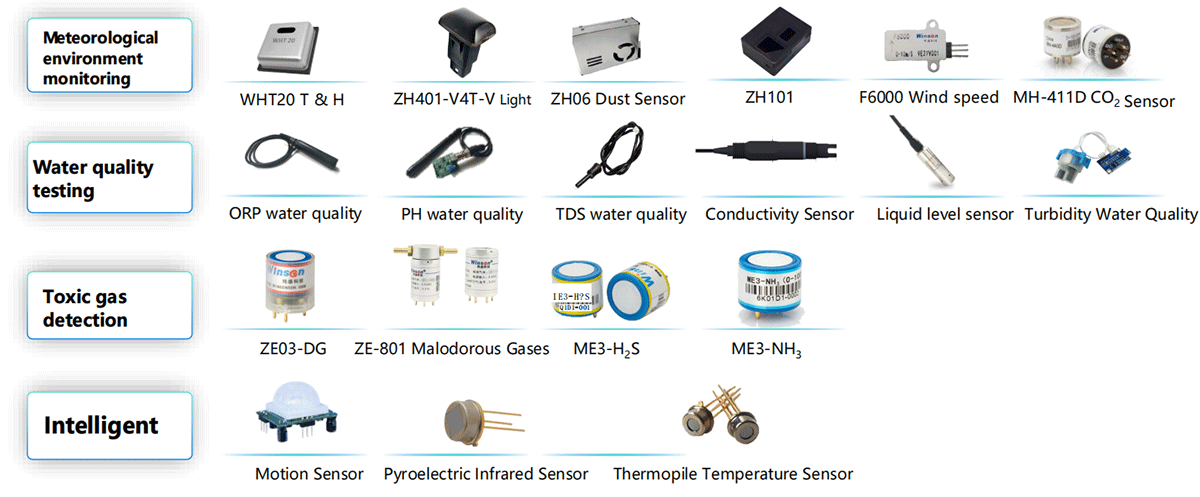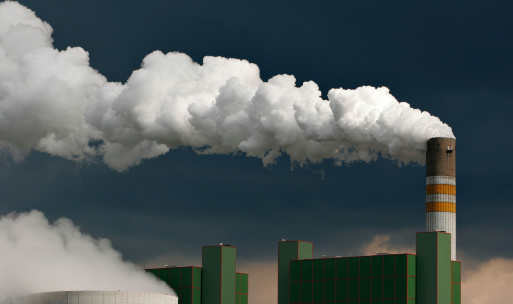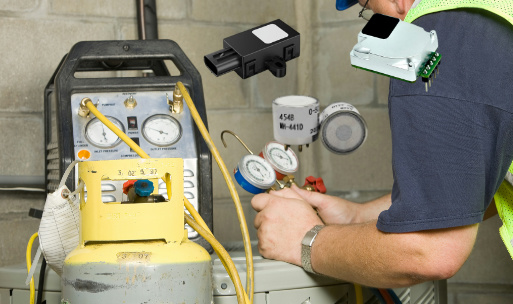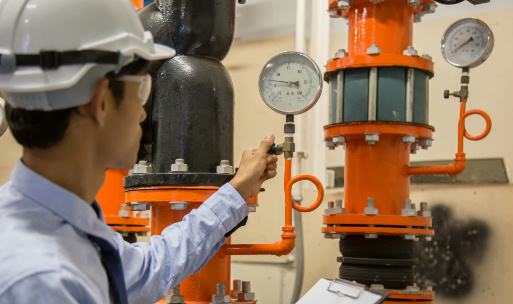Smart farming sensor solutions
Meteorological Environmental Monitoring
Meteorological environmental monitoring is a crucial aspect of smart farming solutions. By monitoring and analyzing weather data, farmers can gain accurate insights into weather conditions, enabling them to make informed agricultural production plans and decisions.
Temperature
Temperature is a key factor in crop growth. With meteorological monitoring sensors, farmers can obtain real-time temperature data, helping them understand the optimal temperature range for plant growth and adjust planting strategies accordingly.
Humidity
Humidity has a significant impact on plant growth and health. Through humidity sensors, farmers can monitor the humidity levels in the air, ensuring plants grow in suitable humidity conditions and enabling timely irrigation adjustments.
Wind Speed and Direction
Wind speed and direction affect crop pollination, as well as the spread of pests and diseases. Wind speed and direction sensors provide farmers with insights into current wind conditions, assisting in adjusting agricultural operations and implementing pest and disease control measures.
Precipitation
Precipitation is a critical factor in agricultural production. With precipitation sensors, farmers can obtain real-time information on rainfall, allowing them to adjust irrigation plans and implement preventive measures promptly, ensuring crops receive adequate water supply.
Field Soil Moisture Monitoring
Field soil moisture monitoring is an essential component of smart farming solutions. By monitoring and analyzing real-time soil moisture data, farmers can gain valuable insights into soil water conditions, enabling them to optimize irrigation and fertilization practices and improve crop growth and yield.
Smart Irrigation Systems
Based on field soil moisture monitoring data, smart irrigation systems can automatically adjust irrigation schedules. By considering soil moisture levels, temperature, and crop water requirements, these systems optimize irrigation, ensuring that crops receive the necessary water without wasting resources.
Fertilizer Management Systems
By monitoring field soil moisture data and utilizing crop nutrient requirement models, fertilizer management systems can calculate and adjust fertilizer application based on soil moisture and nutrient levels. This helps optimize nutrient uptake by crops and minimize fertilizer waste.
Soil Improvement Strategies
Through field soil moisture monitoring, farmers can gain insights into soil salinity and temperature variations. This information enables them to implement appropriate soil improvement strategies, such as leaching, ventilation, and amendments, to enhance soil quality and crop productivity.
Monitoring Pest, Seedling, and Disaster Situations
Monitoring pest, seedling, and disaster situations is a crucial aspect of smart farming solutions. By continuously monitoring and analyzing data related to pests, seedlings, and potential disasters, farmers can take proactive measures to protect their crops.
Pest Monitoring System
By installing pest traps and image recognition sensors, a pest monitoring system can continuously monitor pest situations in the field. By analyzing the pest data, farmers can identify the types and density of pests, enabling them to implement targeted pest control measures and protect their crops.
Seedling Monitoring System
Using image recognition sensors and weather sensors, a seedling monitoring system can provide real-time monitoring of seedling conditions. Farmers can utilize seedling data to adjust irrigation and fertilization plans, optimizing seedling growth and quality.
Disaster Monitoring System
By using weather sensors and image recognition sensors, a disaster monitoring system can monitor potential disasters in the field, such as floods or droughts. Farmers can leverage the disaster data to take immediate action, mitigating the impact of disasters on crops.
Greenhouse Cultivation
Greenhouse cultivation is an essential component of modern facility agriculture, providing farmers with an innovative way of growing crops. By utilizing controlled environments within greenhouse structures, farmers can cultivate various crops throughout the year and achieve high yields and quality agricultural production.
Greenhouse Control System
The greenhouse control system monitors and regulates environmental parameters, such as temperature, humidity, light, and CO2 concentration, using sensors and automated equipment. These systems can automatically adjust the greenhouse's environmental conditions based on crop requirements, providing an optimal growth environment.
Irrigation SystemThe irrigation system in greenhouse cultivation employs methods like drip irrigation, sprinklers, or fogging to provide the right amount of water based on crop needs. The irrigation system can also integrate with the greenhouse control system to enable precise irrigation scheduling, saving water resources.
Supplemental Lighting System
Light is a critical factor for normal crop growth and development in greenhouse cultivation. Supplemental lighting systems can provide additional light using LED lights or other light sources, ensuring crops receive sufficient light throughout the year.
Water Quality Monitoring
Water quality is a critical factor in aquaculture, directly impacting the health and growth of aquatic organisms. To ensure sustainable and high-yield aquaculture, water quality monitoring is essential.
Pollution Monitoring
Smart aquaculture water quality monitoring systems can monitor the concentration of environmental pollutants in real-time, helping to detect and address pollution sources, ensuring the health and growth of aquatic organisms.
Farm Management
Water quality monitoring systems assist fish farmers in real-time monitoring of water quality, adjusting feed input and stocking density, improving aquaculture efficiency and yield.
Early Warning System
By analyzing water quality monitoring data, smart aquaculture systems can predict potential disease outbreaks and environmental issues, taking preventive measures to mitigate the occurrence of epidemics.
Barn Monitoring
Barn monitoring plays a crucial role in modern livestock farming as it enables farmers to monitor the environmental conditions inside the barn in real-time, ensuring the health and well-being of the animals.
Temperature and Humidity Sensors
Temperature and humidity sensors are essential devices for barn monitoring. They provide real-time monitoring of the temperature and humidity levels inside the barn, helping farmers make necessary adjustments for ventilation and temperature control to provide a comfortable living environment for the animals.
Ammonia Sensors
Ammonia is a common pollutant in barns that can negatively affect animal health. Ammonia sensors monitor the ammonia concentration inside the barn, enabling prompt detection of pollution issues and necessary measures for mitigation.
Motion Sensors
Motion sensors monitor the movement activities of the animals. By analyzing the data from motion sensors, farmers can gain insights into animal behavior and habits, providing valuable information for barn design and management.

Conclusion
Smart farming represents a paradigm shift in agriculture, leveraging technology and data-driven approaches to optimize farm operations. By embracing this concept, farmers can benefit from increased productivity, resource conservation, improved crop quality, and cost savings. As the world faces the challenges of feeding a growing population while preserving the environment, smart farming offers a promising solution for sustainable and efficient agricultural practice





